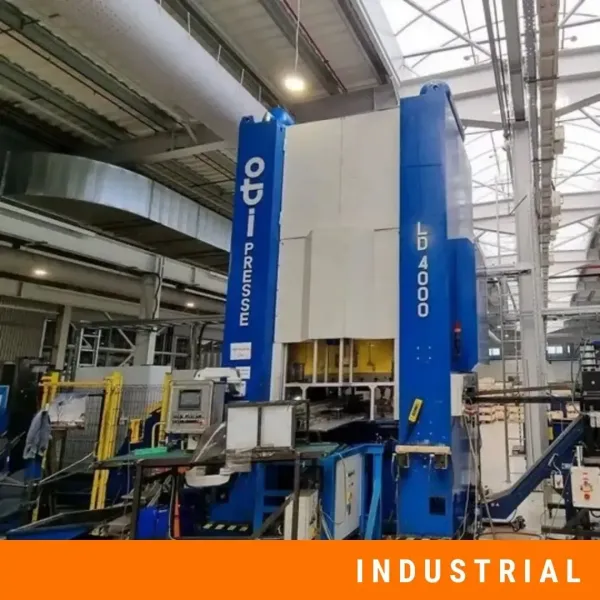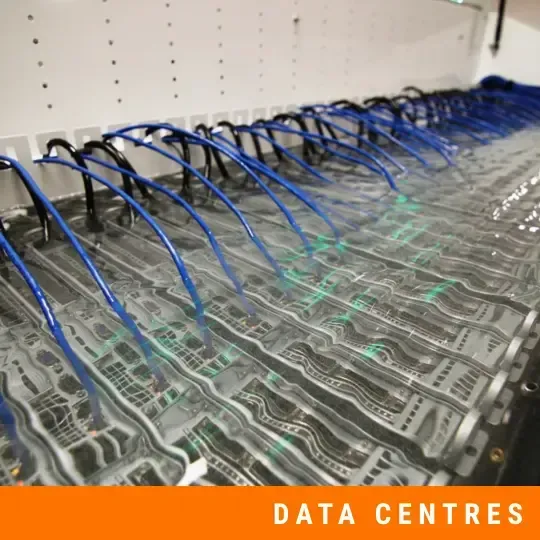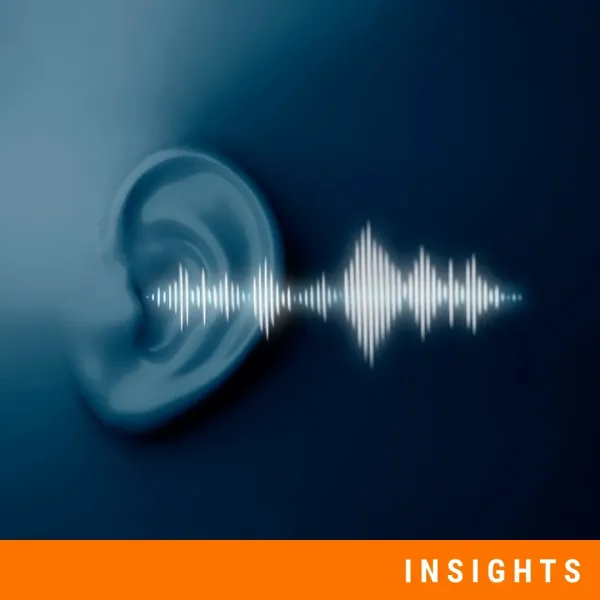How Acoustic Vibrations Affect Sensitive Lab Equipment
All modern laboratories are ideally built for precision. But even in the most carefully controlled environments, there’s one invisible threat that often goes unnoticed and that is vibration.
Acoustic vibrations, which are caused by noise and mechanical movement, can directly interfere with the accuracy of sensitive lab equipment. Even small vibrations can cause big problems, starting by affecting microscopes and microbalances to causing malfunctions in laser sensors and analytical instruments.
Interestingly enough, these disturbances don’t always come from loud machines and are often overlooked. They can be triggered by air conditioning, building vibrations, or, surprisingly, even footsteps. Over time, unfortunately, they can lead to faulty data, failed tests, and damaged equipment.
Let’s unpack what acoustic vibrations are exactly, how they affect various lab systems, where they come from, and most importantly, how to control them using smart design.
Why Are Acoustic Vibrations a Problem in Precision Labs
Acoustic vibrations are physical movements caused by sound waves passing through air, surfaces, and structures. These tiny pressure changes often go unnoticed by people, but sensitive lab instruments pick them up immediately.
What Exactly Are Acoustic Vibrations?
Acoustic vibrations happen when sound waves cause surfaces or equipment to move slightly. Even if the noise seems low or distant, the vibrations it creates can travel through walls, tables, and even the floor.
Over time, this becomes a serious problem in lab environments where measurements rely on absolute stability, and in high-precision testing, even microscopic movement can introduce error.
According to the National Institute of Standards and Technology (NIST), even low-frequency sound waves can interfere with equipment calibration, especially in labs using optical, gravitational, or atomic-level measurement tools.
Which Lab Equipment Is Most Affected?
Some instruments are built to measure extremely small changes. That also makes them highly sensitive to vibration.
- Microbalances can detect weight changes as small as 1 microgram. Slight vibration can lead to inaccurate results.
- Microscopes, especially electron microscopes, rely on absolute stillness. Vibrations cause image blur or misalignment.
- Laser and interferometric systems need stable alignment over long periods. Acoustic interference can throw off the readings.
- Precision sensors, used in spectroscopy, metrology, and cleanrooms, are easily affected by signal drift caused by vibration.
These are just a few examples, but nearly all high-end lab tools perform worse when the space around them is unstable, even if the human operator doesn’t notice.
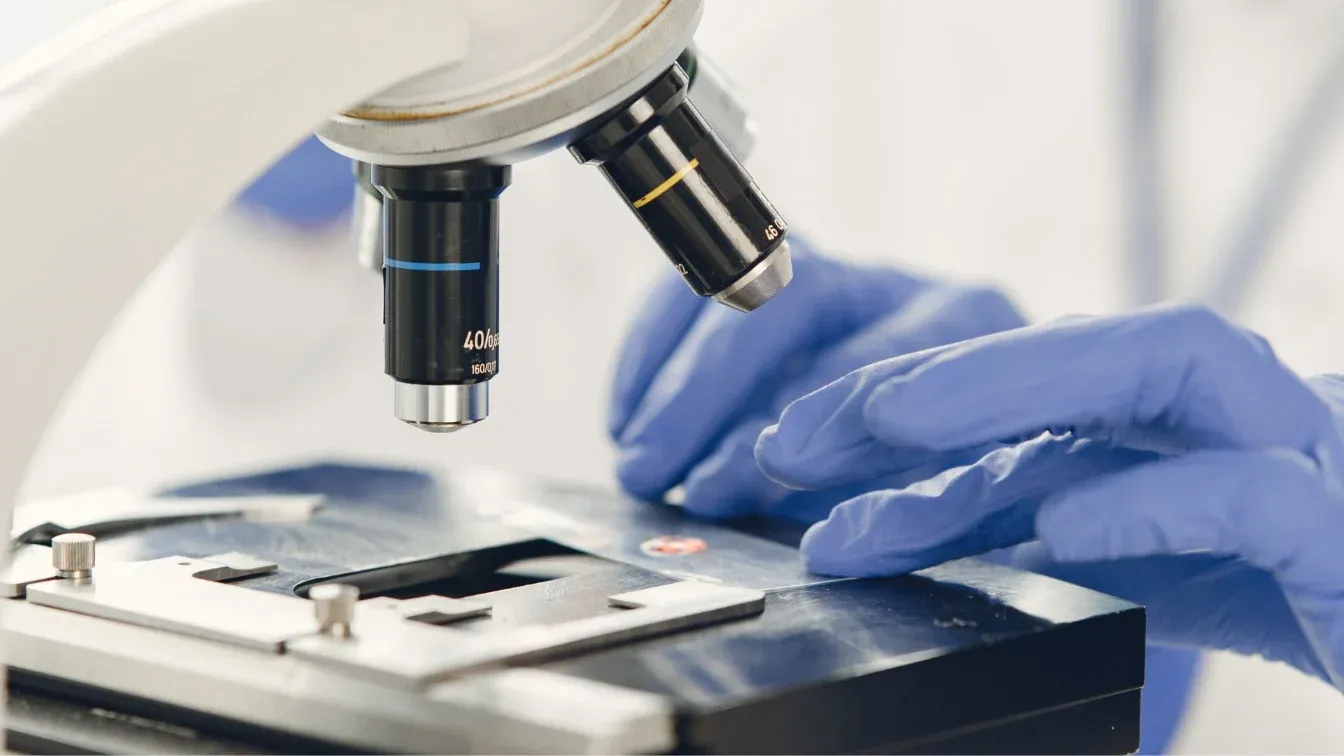
Where Do These Vibrations Come From?
Vibrations in labs can come from many sources. Some are inside the building, and others sneak inside through gaps and produce vibrations outside. Many of them are not loud, so they are easy to miss quite often. But, as we have discovered, they still affect sensitive equipment.
Internal Vibration Sources
The most common causes of vibration can include:
- HVAC systems - Air conditioning and ventilation units create constant movement and sound.
- Pumps and centrifuges - These machines vibrate while running and transfer that movement to the floor or tables.
- Footsteps and doors - Walking or slamming doors can shake the floor or walls slightly, which is enough to affect lab tools.
- Nearby machines - Equipment used in other rooms can send vibration through shared walls or structures.
Even when these sounds are low, the vibrations they create still travel through surfaces. That’s why it’s important to manage them early.
External and Building-Related Sources
Vibrations also come from outside the lab. These can include:
- Road traffic - Passing by large trucks or buses. They can shake the ground, especially in older and not-so-stable buildings.
- Trains or subways - Low-frequency vibrations from underground lines travel surprisingly far.
- Construction work - Machinery such as loud jackhammers or drills nearby can affect lab performance.
- Building systems - Elevators, plumbing, and even shared mechanical rooms can also create background vibration, which goes unnoticed.
All of these sources create what is called structure-borne vibration. This means the energy travels through floors, ceilings, and walls, not just through the air.
What Are the Consequences of Uncontrolled Vibrations?
Acoustic vibrations in laboratories may be faint, but the effects are real. When left neglected, they can compromise data, decrease equipment life, and even harm laboratory staff. These issues impact everyday operations and long-term dependability in any setting that relies heavily on precision.
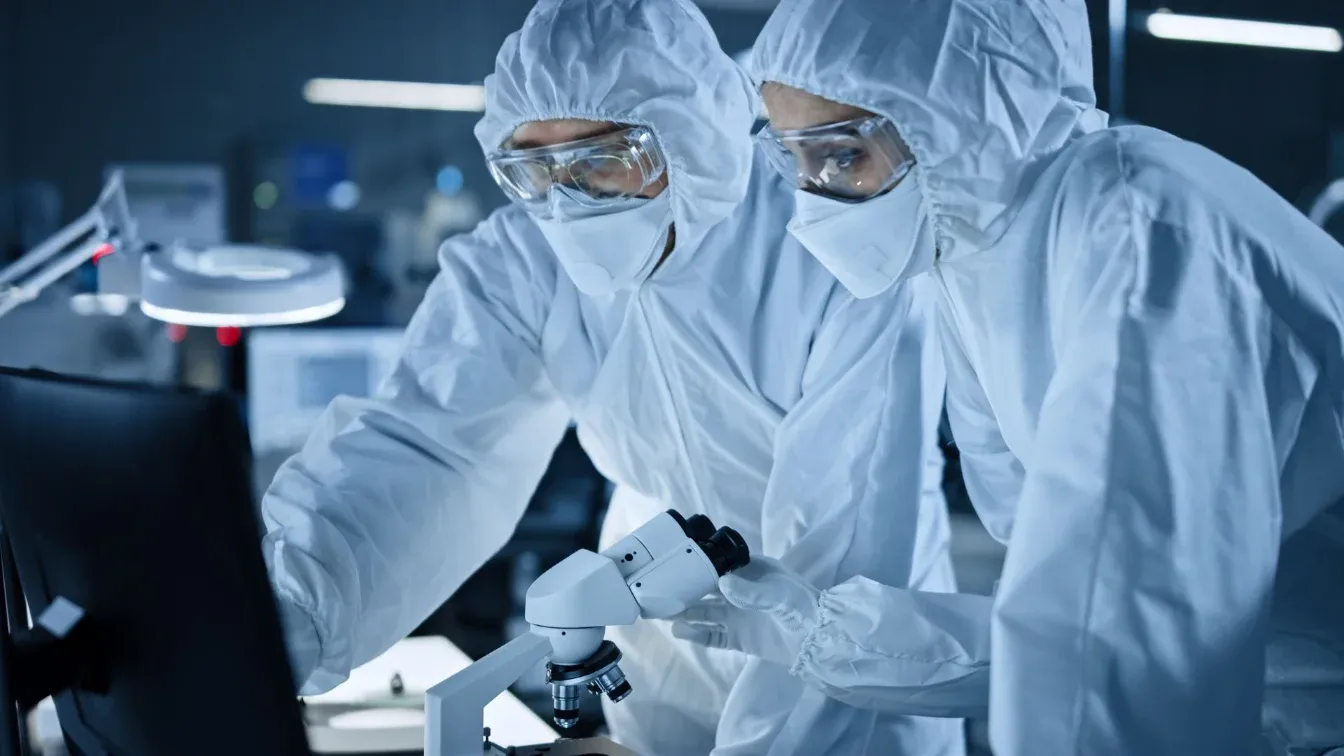
Reduced Accuracy and Unreliable Results
Stability is crucial for all precision lab instruments. Measurement inaccuracies are introduced when a surface vibrates, even by a tiny millimeter. Weights in microbalances may fluctuate, which leads to the images from microscopes becoming distorted or blurry as they drift out of focus. The slightest movement can, unfortunately, directly interfere with measurements in interferometers and laser systems that need fixed beam alignment.
According to the Journal of Microscopy, vibrations in the low-frequency range of 0.5 to 5 Hz affect image clarity and accuracy, and even though this is well below human hearing, it can still cause instability in high-resolution electron microscopes.
Until the data becomes inconsistent or untrustworthy, these disruptions often get overlooked. In these situations, and by doing this often expenses are rising, staff efforts, and material usage. In conclusion, outcomes are also delayed.
Equipment Stress and Early Failure
Machines are physically stressed by continuous vibration. It is not intended for sensitive laboratory equipment to move in any way while in use. Parts may deteriorate more quickly as a result. Motors or sensors may experience alignment problems, mounting brackets may become loose, and fragile electrical components may move.
Over time, this leads to more frequent repairs, increased calibration needs, and a shorter overall lifespan for the equipment.
Health and Safety Concerns for Staff
Although the lab environment appears to be peaceful, low-level vibrations can still harm staff members, particularly the ones who are often or constantly working near machinery or HVAC systems. Long-term exposure can lead to people feeling tired faster, decreases focus levels, and, in more extreme conditions, physical stress or physical strains.
In industrial settings, higher vibration levels are directly related to Whole-Body Vibration (WBV) and Hand-Arm Vibration Syndrome (HAVS). While labs may not be able to match such standards, the main fact stays the same: vibrations, regardless of how small, eventually cause people to feel uncomfortable and anxious.
How to Choose the Right Anti-Vibration Solution
Various vibration problems need different solutions, and selecting the appropriate product or method is dependent on a number of important aspects. Such as the type of machinery, the amount of vibration, its frequency, and the environment in which it operates.
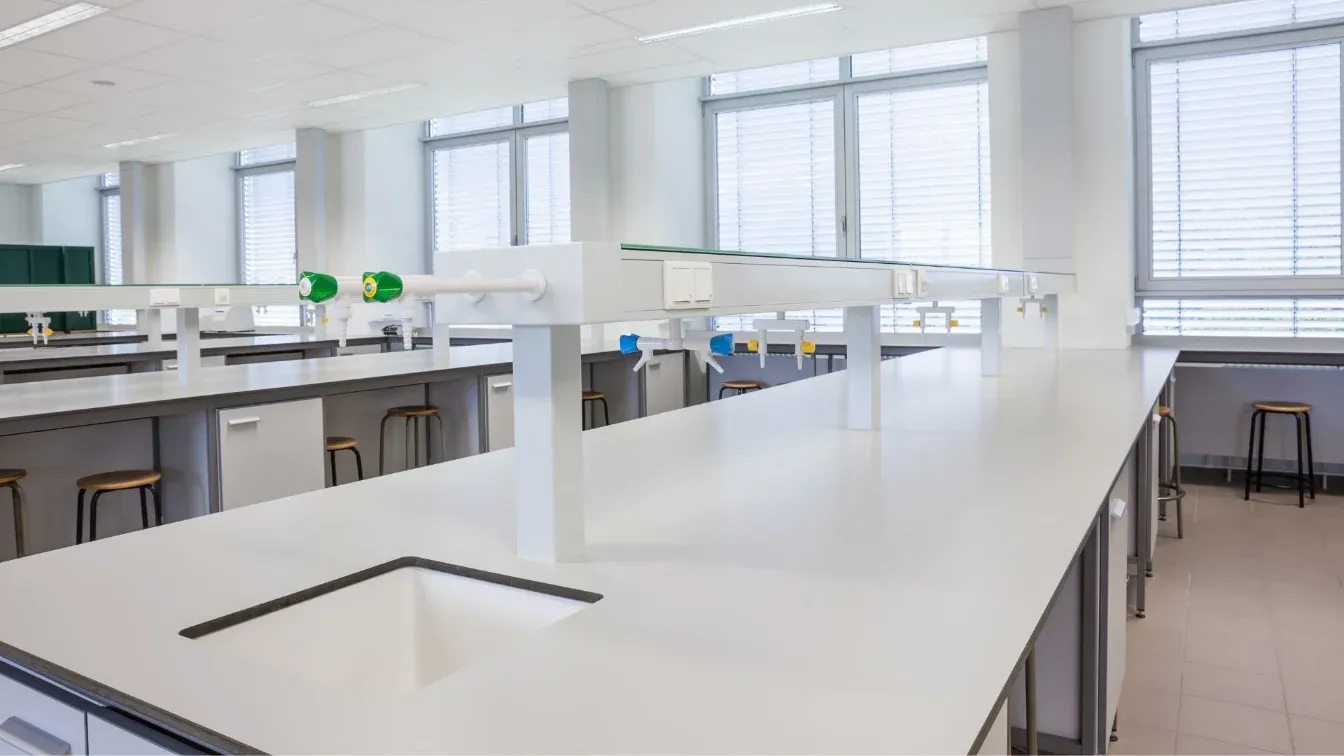
1. Understand the Weight of Your Equipment
The machine's weight determines how much energy it may transmit into the floor or surrounding structure. To directly address this issue, anti-vibration systems must be rated to withstand the equipment's entire load. If the pad or mount is too soft or too small, it will not isolate vibration effectively or at all.
For heavy lab machinery, for example, such as cooling units or industrial mixers, thick materials like Vibro EP provide the strength and stability needed to support the weight while reducing transmission. For lighter tools, smaller mounts or soft rubber pads are usually enough.
2. Match the Solution to the Vibration Frequency
Some equipment creates low-frequency vibration, while others generate high-frequency vibration. The wrong products might filter out the wrong frequencies, so it is important to determine the type of frequency.
- Rubber-based mounts tend to work better for higher-frequency vibration
- Spring-based systems are more effective for low-frequency vibration, especially from motors or compressors
For example, DECIBEL SMR spring mounts are designed specifically to isolate low-speed equipment, which also requires lateral and vertical stability.
3. Consider the Surrounding Environment
The conditions where the equipment is placed and is operating are quite important. Labs with high humidity, occasional temperature changes, or exposure to intense chemicals need anti-vibration products made from durable materials.
- In damp areas or labs with cleaning chemicals, corrosion-resistant metal frames and non-aging elastomers are important
- For cleanrooms or sensitive spaces, select materials that won’t degrade over time or release particles
Always check the manufacturer’s datasheet for resistance ratings and certifications, especially if you're working in medical or pharmaceutical environments.
4. Plan for Stability and Safety
Some labs are located in regions where vibration is a risk during external events, such as heavy winds or even small seismic activities. In those specific cases, anti-vibration mounts with restraint features can prevent equipment movement or tipping.
DECIBEL’s AMR mounts, for example, combine vibration isolation with built-in limit stops to provide stability in all directions.

In today's laboratories, precision is crucial. However, acoustic vibrations may decrease the quality of data, damage costly machinery, and make lab work more difficult. These effects are often overlooked until data becomes unreliable or tools start to fail.
Vibrations can originate from a variety of places, including both within and outside the lab. Even minor movements from HVAC systems, footfall, or neighbouring traffic might disrupt sensitive instruments. These minor issues eventually develop into bigger issues.
Controlling vibration is mainly about creating a more stable, productive, and safe working environment. Using the right anti-vibration mounts, pads, and acoustic treatments makes a clear difference.
Do you need support finding the right vibration solution for your lab? Contact DECIBEL’s experts for customised systems that meet your exact needs.
Additional Reading & References
- Health and Safety Executive. (n.d.). Hand-arm vibration (HAVS). UK Government.
- Health and Safety Executive. (n.d.). Health surveillance for hand-arm vibration. UK Government.
- National Institute of Standards and Technology. (n.d.). Acoustic measurements and standards.
- Thermo Fisher Scientific. (n.d.). Electron microscopy instruments.
- Vine, D. J., McVitie, S., & MacLaren, D. A. (2014). Mechanical vibration and its effect on high-resolution scanning transmission electron microscopy. Journal of Microscopy, 254(2), 85–94.

